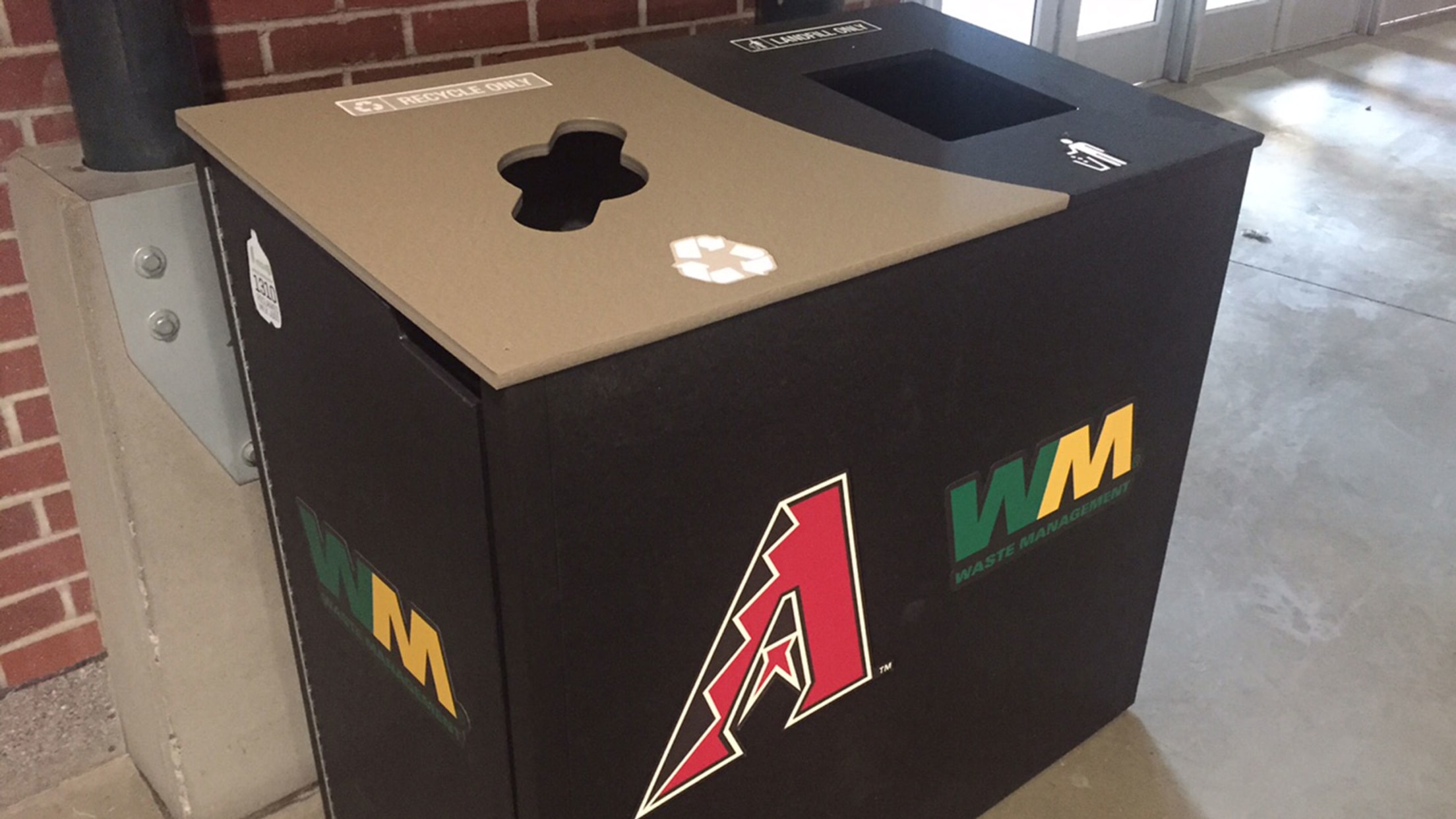Materials and Resources
- In partnership with Waste Management, 200 Max-R dual recycling bins are placed throughout all concourses; each bin is made with 1,300 recycled milk jugs
- D-backs Insiders are printed on recycled paper with soy ink
- Full and Half Season Ticket Holders are issued a reusable "Loyalty Cup" to use for discounted beverage refills
- Game Day and Concessions Staff uniforms are made with recycled materials







